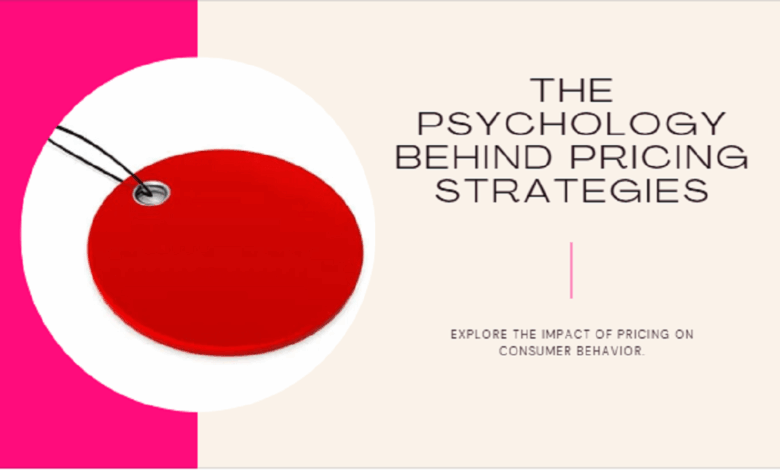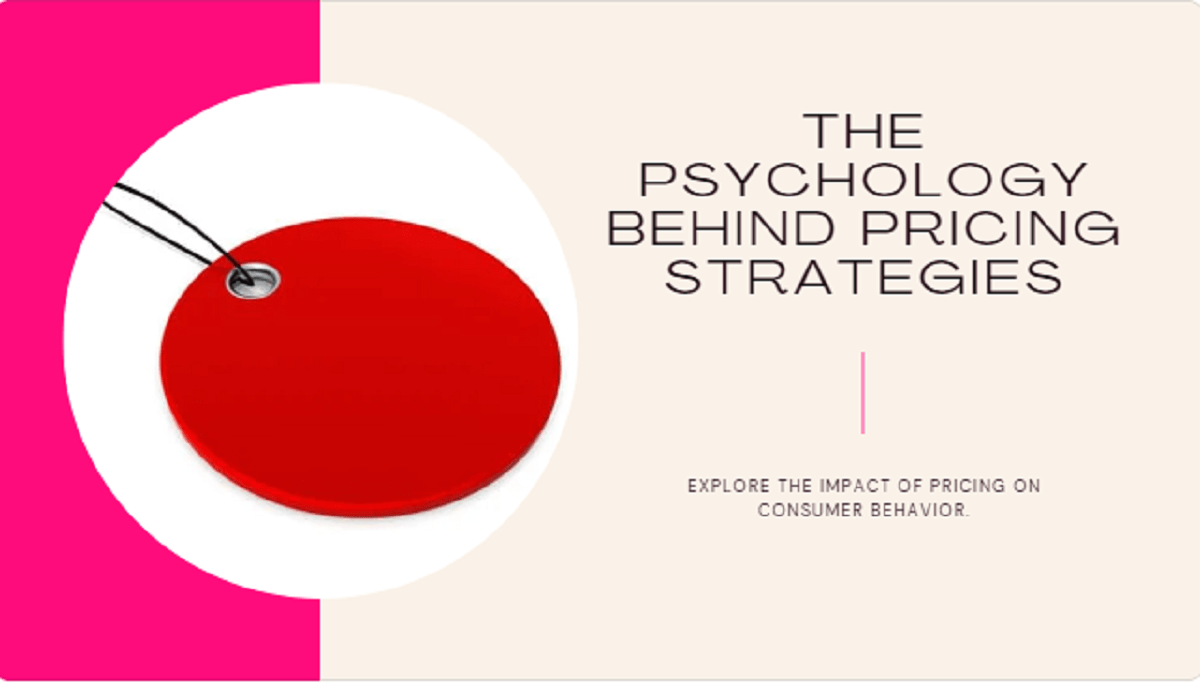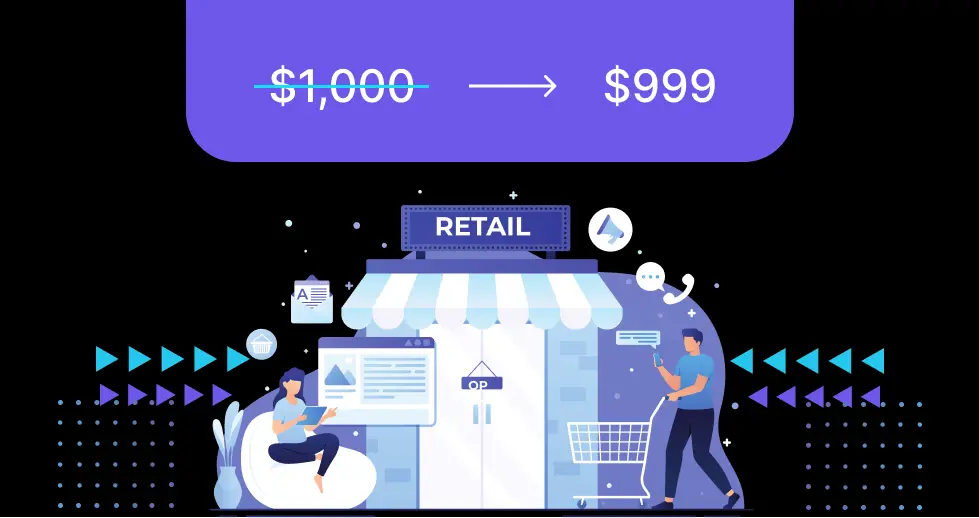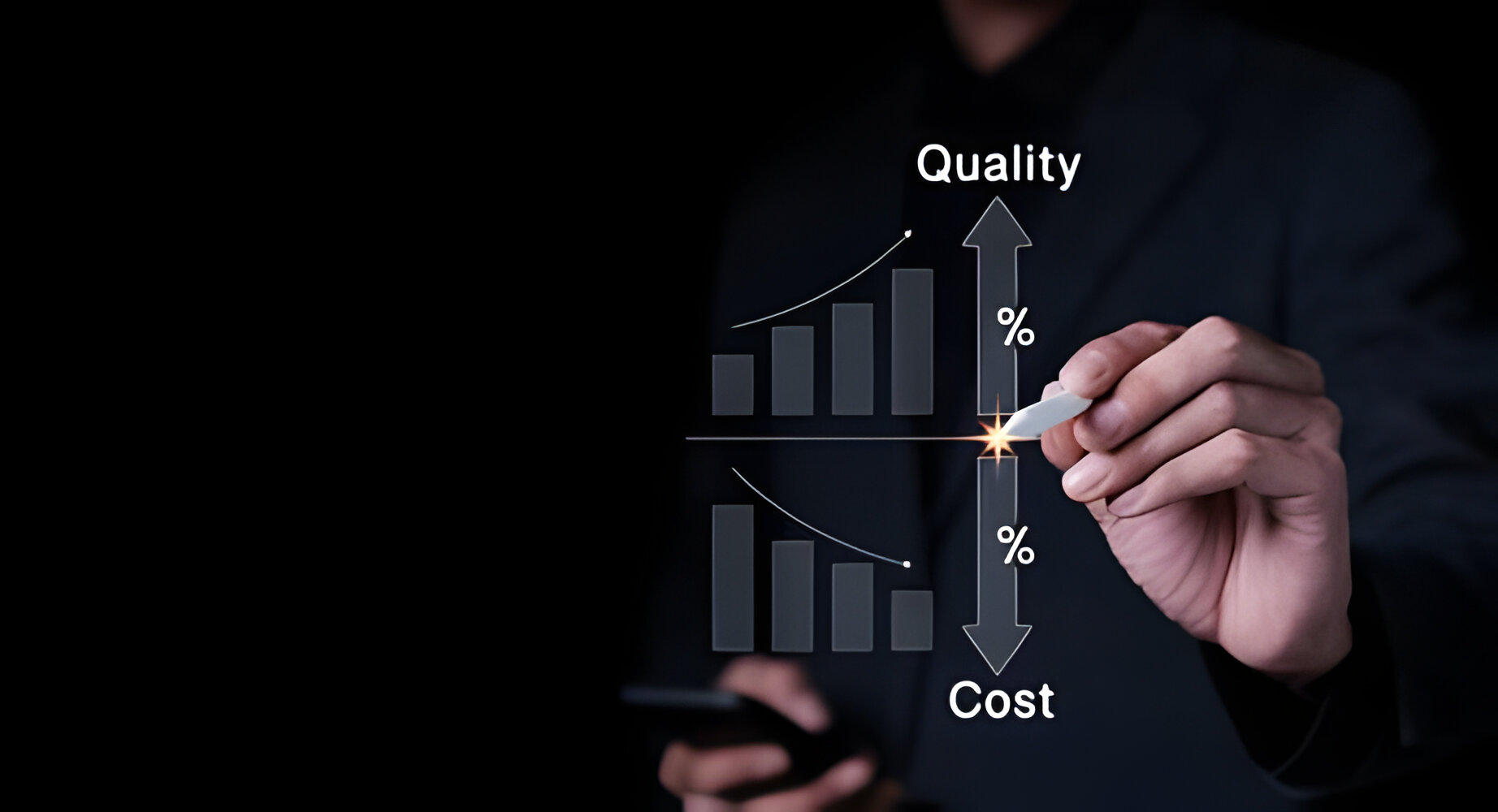The Hidden Psychology Behind Fixed Pricing


Walk into any major retailer, from Apple to Walmart, and you are enveloped in a world of fixed, non-negotiable prices. This practice is so deeply ingrained in our consumer psyche that we rarely pause to question its authority. The price tag is treated as an immutable law of physics, a final declaration of value. However, this perception of rigidity is a powerful illusion. The truth is that “fixed” prices are anything but static; they are the carefully calculated outcome of a complex interplay of psychology, data analytics, competitive strategy, and behavioral economics. This in-depth exploration will pull back the curtain on the world of fixed pricing, revealing the sophisticated mechanisms that determine what you pay, how these prices are designed to influence your perception and behavior, and the subtle, often invisible, ways you can still exert control over the final cost.
A. The Strategic Foundations of the Fixed Price Model
The transition from haggling to fixed pricing was a revolutionary shift in commerce, one that serves multiple strategic purposes for modern businesses.
A. Operational Efficiency and Scalability
At its core, fixed pricing is a triumph of operational efficiency. Imagine the chaos if every customer at a supermarket or a fast-food chain had to negotiate for a carton of milk or a hamburger. Fixed prices streamline the transaction process, enabling businesses to serve millions of customers with minimal friction. This model is essential for scalability, allowing corporations to manage inventory, forecast revenue, and train staff with a consistency that would be impossible in a bargaining-based system.
B. The Psychology of Perceived Fairness and Trust
Fixed prices create a powerful perception of fairness and equality. When everyone pays the same price for the same product, it fosters a sense of impartiality and builds institutional trust. This eliminates the anxiety and potential resentment that can arise from haggling, where one customer might feel they lost a negotiation while another won. In industries like healthcare and groceries, where price volatility can cause significant distress, fixed pricing provides a veneer of stability and trustworthiness that is crucial for customer retention.
C. Brand Image and Value Positioning
A fixed price is a direct communication of a brand’s positioning. A high fixed price for a luxury handbag or a premium smartphone isn’t just about covering costs; it’s a signal of quality, exclusivity, and status. Conversely, the consistently low fixed prices at a chain like Dollar Tree communicate value and affordability. By removing negotiation, the brand firmly controls its narrative and market position, using price as a key component of its identity.
D. Data-Driven Decision Making
In the digital age, fixed pricing is the fuel for sophisticated analytics. Every transaction at a fixed price is a data point. Retailers can use this data to run massive experiments, A/B testing different price points across regions or customer segments to find the perfect balance between volume and profit margin. This granular level of market research would be impossible in a fluid, negotiated pricing environment.
B. The Hidden Levers: How “Fixed” Prices Actually Change
While the price on the tag appears constant, the reality is that prices are dynamic and fluid, changing in ways that are often designed to be overlooked by the consumer.
A. The Science of Dynamic and Algorithmic Pricing
E-commerce has perfected the art of the variable fixed price. Using complex algorithms, prices can change in real-time based on:
-
Demand Fluctuations: The price for a hotel room, airline ticket, or ride-share ride increases as availability decreases and demand rises.
-
Competitor Pricing: Automated bots constantly monitor competitors’ prices and adjust their own to stay within a predetermined range, ensuring they are never the most expensive option.
-
User-Specific Targeting: While controversial, there is evidence that prices can be presented differently based on a user’s browsing history, location, device type, or purchase history. A user shopping from a wealthy zip code might see a higher price than one from a less affluent area.
B. The Strategic Use of Discounts and Sales
Sales and promotions are the primary mechanism for introducing flexibility into a fixed-price system. They are not random acts of generosity but carefully planned strategies.
-
Loss Leaders: Products sold at a loss to lure customers into the store where they will purchase other, high-margin items.
-
Anchoring: The “original” price is displayed next to the sale price to create a powerful contrast, making the discounted price seem like a fantastic deal. This “anchor” price manipulates your perception of value.
-
Time-Limited Offers: Creating artificial scarcity (“Sale ends Sunday!”) triggers a fear of missing out (FOMO), pushing consumers to make a purchase decision faster.
C. The Subtlety of Shrinkflation and Skimpflation
When raising the fixed price is not palatable, companies have other, more subtle tools.
-
Shrinkflation: This is the practice of reducing the quantity or size of a product while maintaining its price. The unit price increases, but the sticker price remains the same. You see this commonly in packaged goods like cereal, chocolate, and chips.
-
Skimpflation: Here, the price and size remain constant, but the quality of the ingredients or services is reduced. A pre-made meal might use a cheaper cut of meat, or a service might become more automated and less personal.
C. The Psychological Warfare of the Price Tag
The number on the tag is only part of the story. Its presentation is engineered to bypass your rational mind and appeal directly to your subconscious.
A. Charm Pricing: The Power of .99
The most ubiquitous pricing tactic in the world is the use of prices ending in .99, known as “charm pricing” or “left-digit effect.” A price of $19.99 is perceived as being significantly closer to $19 than to $20 because we read from left to right. This isn’t a small effect; studies have consistently shown it can increase sales by a substantial margin.
B. Prestige Pricing and the Allure of Round Numbers
In direct opposition to charm pricing, luxury brands use round numbers ($100, $2000) to reinforce their quality and exclusivity. A price of $100.00 feels more deliberate, high-quality, and justifiable for a premium product than $99.99, which is associated with discounting and bargain hunting.
C. The Decoy Effect and Price Framing
Companies often present multiple versions of a product to guide you toward their preferred choice.
-
The Decoy: A cinema might offer a small popcorn for $6, a large for $8, and a medium for $7.50. The medium is the decoy; it makes the large seem like a much better value, steering most customers to the higher-margin large option.
-
Price Framing: “For just $1 a day” sounds far more affordable than “$365 per year,” even though they are the same. This reframes a large lump sum into a seemingly insignificant daily expense.
D. How to Navigate a World of “Fixed” Prices
Even in a system designed to minimize your bargaining power, the informed consumer is not powerless.
A. Master Price Tracking and Comparison
-
Use Technology: Browser extensions like Honey or Keepa can track price history on Amazon and other sites, showing you if the current “deal” is actually a good price or just the standard rate.
-
Check Competitors: A quick search on your phone in the store can reveal if another retailer is offering the same product for less, which can sometimes be matched.
B. Understand the Art of the “Soft” Negotiation
While you can’t haggle over the sticker price at a supermarket, there are many contexts where prices are more flexible than they appear.
-
Bundling: Ask if you can get a discount for purchasing multiple items or a bundle (e.g., a phone with a case and screen protector).
-
Asking for a “Manager’s Discount”: For open-box items, floor models, or products with minor cosmetic damage, it never hurts to politely ask if a discount is available.
-
Loyalty and Student/Military Discounts: Always inquire about unadvertised discounts for which you might qualify.
C. Leverage Credit Card Price Protection and Price Matching
-
Price Matching: Many major retailers, including Best Buy, Target, and Home Depot, have formal price-match policies against their major competitors.
-
Credit Card Benefits: Some premium credit cards offer price protection, which will refund you the difference if an item you purchase drops in price within a certain window (e.g., 60-90 days).
D. Shift Your Mindset from Price to Value
The most powerful strategy is to stop focusing solely on the fixed price and start evaluating the total value. Consider:
-
Cost-Per-Use: A $100 pair of shoes that lasts five years offers better value than a $40 pair that wears out in six months.
-
Total Cost of Ownership: For electronics and appliances, factor in energy efficiency and warranty coverage. A more expensive, energy-efficient model can be cheaper in the long run.
-
The Intangible Benefits: Does the product come with exceptional customer service, a no-questions-asked return policy, or free shipping? These have real value that a simple price comparison might miss.
Conclusion: Becoming a Conscious Consumer in a Priced World
The “fixed” price is one of the most brilliant and enduring illusions of modern capitalism. It presents a facade of simplicity and fairness while hiding a complex, dynamic, and psychologically manipulative system. By understanding that the price tag is not a divine decree but the endpoint of a calculated strategy, you reclaim a measure of power. You are no longer a passive acceptor of value but an active participant in the market. Armed with the knowledge of how prices are set, how they change, and how they are presented, you can shift your focus from the number on the tag to the true value you receive. In doing so, you transform the act of shopping from a transaction into a strategic decision, ensuring that your money is always working as hard for you as the retailers’ strategies are working for them.
Tags: fixed pricing, consumer psychology, pricing strategies, retail tactics, dynamic pricing, charm pricing, shrinkflation, value shopping, consumer behavior, negotiation tips
Category: Business & Consumer Psychology






